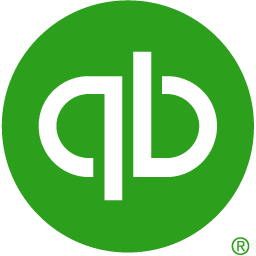
In this section, we will cover settings as well as some of the basic functional processes of the iPoint – QuickBooks Sync.
To get started you need to connect to QuickBooks using one of two methods:
- QuickBooks Desktop is software downloaded to your computer. If you have multiple users, the QB database might reside on a server in your office. In order to sync with QuickBooks Desktop (including Pro, Premier, or Enterprise) You will need to install the iPoint QB Connector. Instructions are available at Settings > QuickBooks > Registration.
- If you use the QuickBooks Online product, you will need to point iPoint to your data on the web. Those instructions are available at Settings > Integrations > QuickBooks Online.
Settings
Once iPoint and QuickBooks are connected, you have a number of different settings available. Some settings are required for iPoint to function correctly with QB. Others are preferences on how your company does business. Each of these settings is defined across the top of the Settings > QuickBooks screen in a series of tabs. Click on each of the topics below (or use the navigation menu to the left) to learn details about each tab.
- Chart of Accounts – pull the account numbers used in QB into iPoint and then define how items use those accounts
- Customers – make sure contacts and contact details interact with QB
- Vendors – pull your existing QB vendors into iPoint
- Items – define how items interact with QuickBooks
- Time – if you use QuickBooks Payroll you will use this tab
- Invoices – defines how invoices push to QB
- Lists – there are a lot of things in QB (like payment methods, tax rates, classes) that you can use in iPoint
- Error Logs – if you are having problems syncing to QuickBooks, a support team member will likely use the information on this tab
- Registration – this is where you connect QuickBooks Desktop to iPoint
- Sites – only used with the Enterprise edition of QuickBooks for dealing with complex inventory transactions.
iPoint Version:
10.0106
Last modified:
6 Jan 2021


